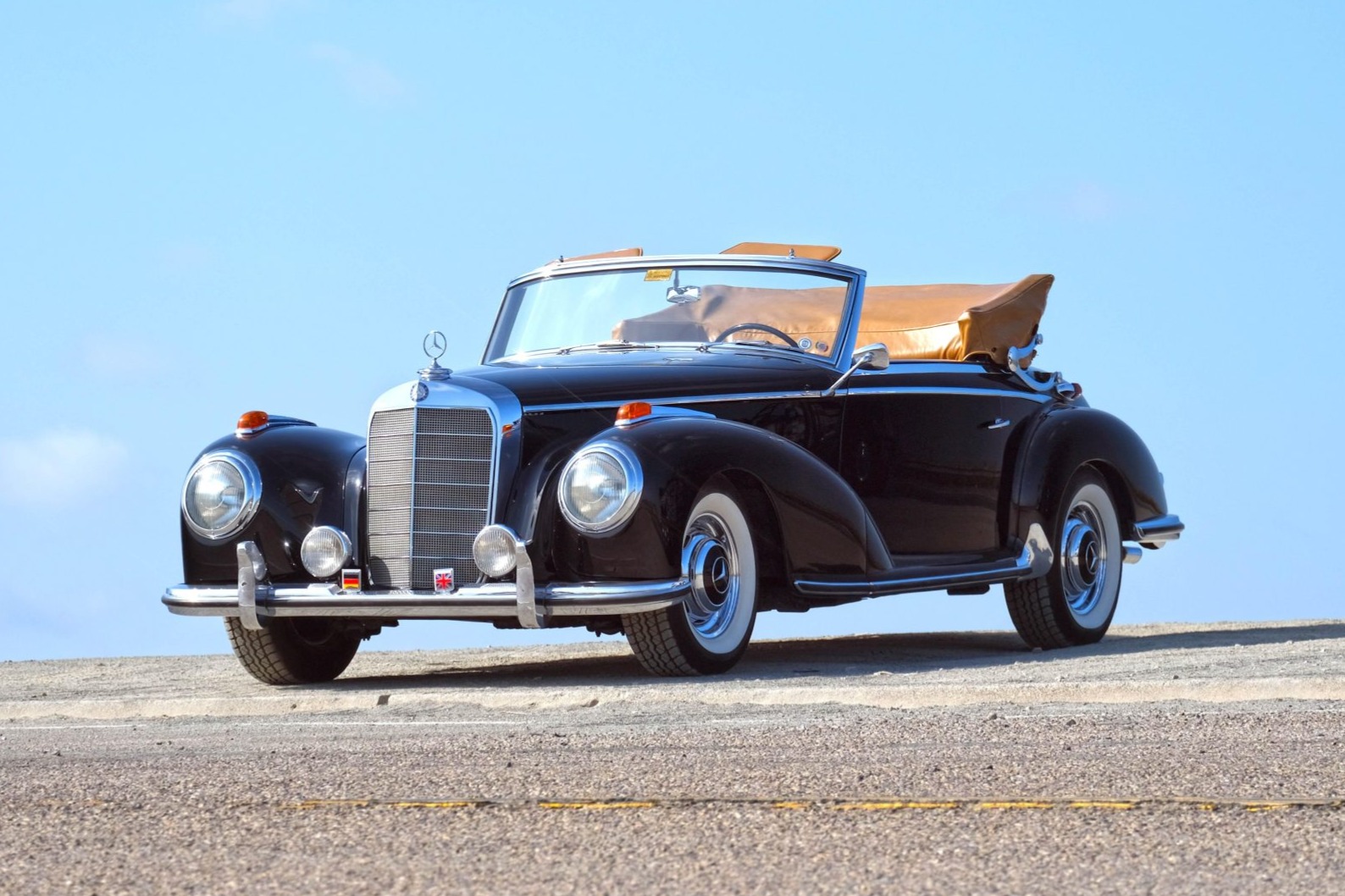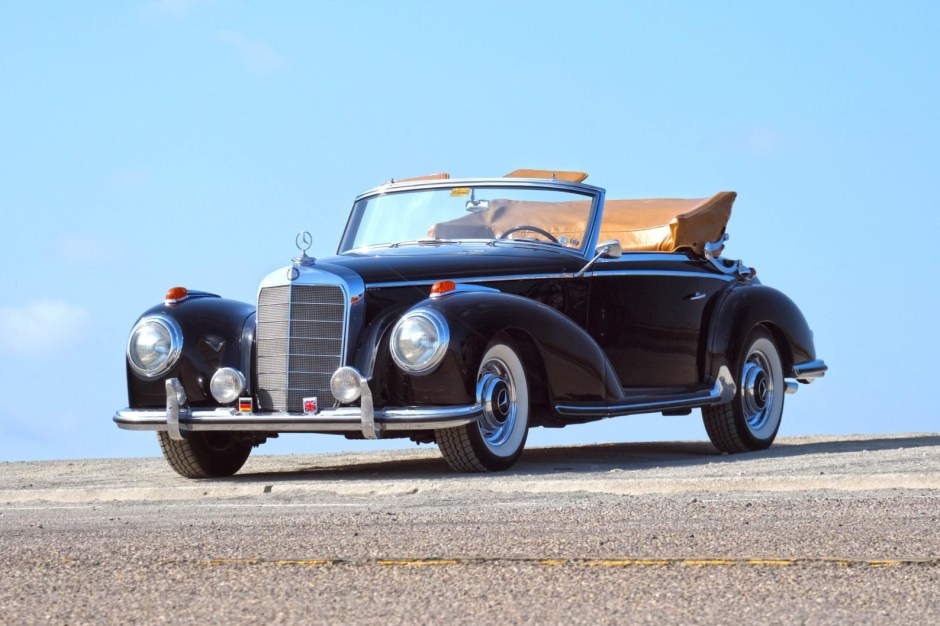
This 1952 Mercedes-Benz 300 S is one of 203 examples built with Cabriolet A coachwork during three years of production and was invoiced to its first owner in Coahuila, Mexico, on December 5, 1952. Beginning in 1961, the car passed through a series of Mexico City owners, including a 16-year span under the stewardship of architect Francisco Artigas during which it was returned to Mercedes-Benz in Germany in 1969 for a mechanical refurbishment and also received a color change to black over tan leather. It was purchased in 2007 for its current owner’s museum collection in Mexico City and subsequently underwent a multiyear refurbishment that was completed in 2017 before the car was imported to the US in 2024. Power is provided by a 3.0-liter M188 inline-six that breathes through triple Solex carburetors and is paired with a column-shifted four-speed manual transmission. Additional features include four-wheel independent suspension, finned hydraulic drum brakes, a black convertible top, and a Becker Grand Prix radio. The W188 is now offered on dealer consignment in San Diego, California, with a copy of its original sales invoice, factory data cards, ownership documentation dating back to new, a 2008 inspection report, refurbishment photos, a brochure, an owner’s manual, a matching luggage set, and a clean Montana title.
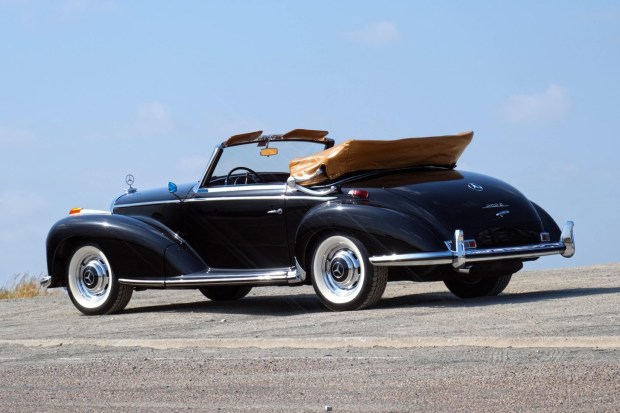
The 300 S was introduced at the Paris Motor Show in October 1951 as a hand-built sporting version of the four-door 300 series and rode on a wheelbase 150mm shorter than the sedan variant. It entered production the following summer in three configurations including a coupe, a roadster, and a cabriolet, the latter of which was distinguished from the roadster by a more substantial convertible top flanked by landau bars. The 300 S models were succeeded in 1955 by the fuel-injected 300 Sc range.
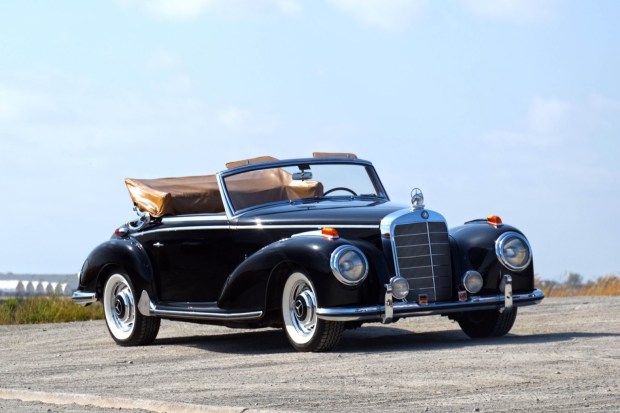
Originally finished in green, this example’s bodywork received a color change to black circa the 1970s and was again repainted in black after being stripped to bare metal during the refurbishment performed under current ownership. Various stone chips are noted in the finish. Features include front and rear bumper guards, front fog lights, a driver-side mirror, a fender-mounted antenna, and a black convertible top with bright landau bars.
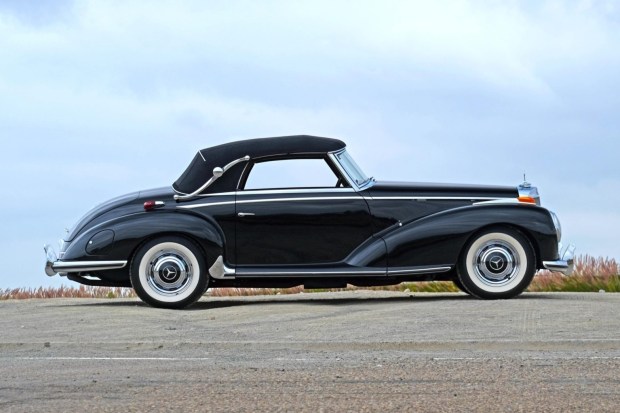
Chrome 15” wheels wear covers with body-color accents and are mounted with 215/75 BFGoodrich Silvertown whitewall tires, while dual trunk-mounted spares wear Firestone whitewall rubber. Braking is handled by finned drums all around, and the brake system is said to have been rebuilt in preparation for the sale.
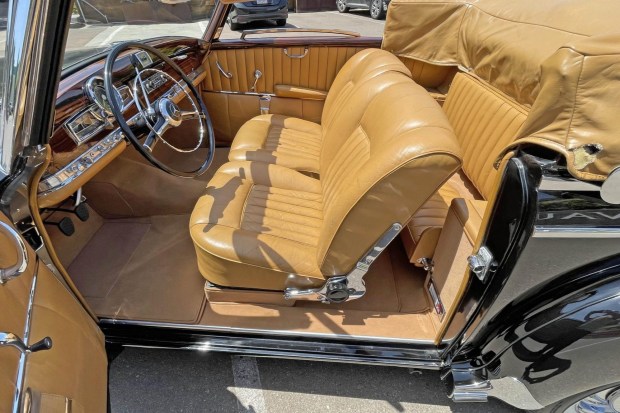
The cabin is trimmed in tan leather over the reclinable front seats, fold-down rear bench seat, door panels, and side panels. Features include color-keyed carpeting, wood dash and door-cap accents, roll-up windows, a lockable glovebox, a rectangular VDO clock, and a Becker Grand Prix radio. Imperfections are noted in areas of the wood finish.
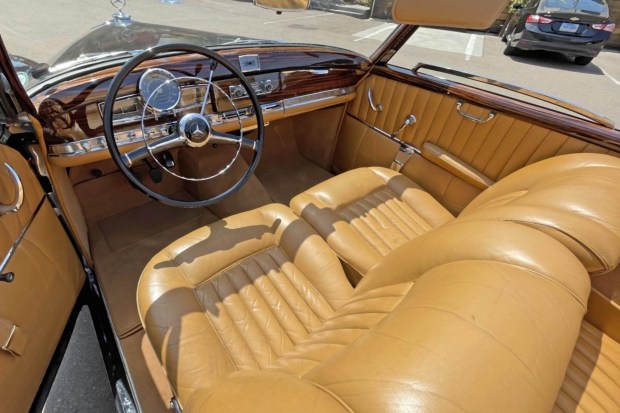
The black two-spoke steering wheel hosts a bright horn ring and sits ahead of VDO instrumentation including a 200-km/h speedometer and gauges monitoring oil pressure, coolant temperature, fuel level, and amperage. The five-digit odometer shows 10k kilometers (~6k miles), approximately 44 of which have been added since the car’s arrival in the US.
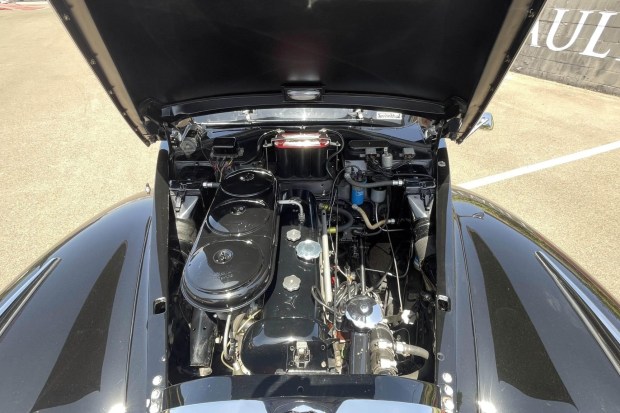
The 3.0-liter SOHC M188 inline-six features an aluminum cylinder head that mates to the block at a 30° diagonal to allow increased valve sizes, with induction handled by triple Solex carburetors. Output was factory rated at 150 horsepower. The engine is said to have been overhauled during the refurbishment performed under current ownership, while an oil change was performed in preparation for the sale.
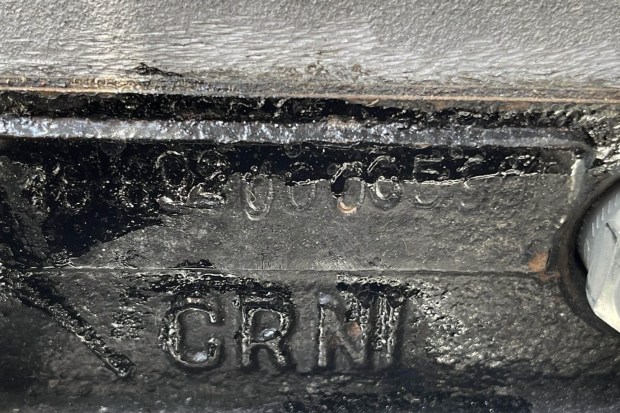
Engine number 18892000059/52 is stamped on the block as well as on a tag affixed to the engine, which also carries a “tauschaggregat,” or exchange unit, tag. The transmission and rear end are also said to be marked as factory-repaired or -replaced units.
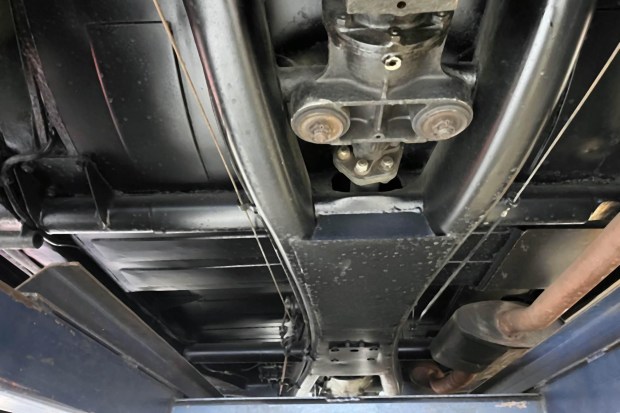
Power is sent to the rear wheels via a four-speed manual transmission with synchromesh on all forward gears. The four-wheel independent suspension features coil springs and telescopic shock absorbers at each corner.
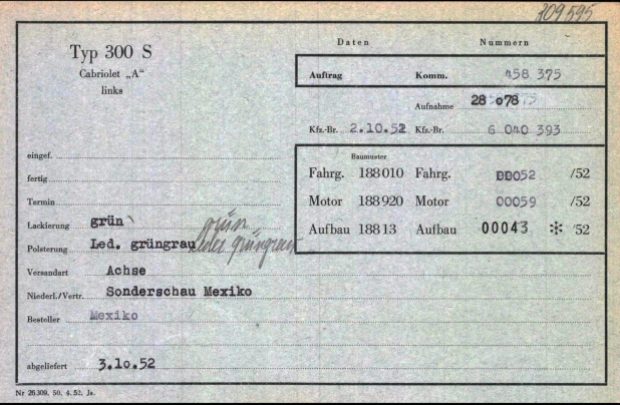
Copies of two versions of the factory data cards accompany the car, including the above document that describes the car as a Sonderschau Mexiko, or Mexican Special Exhibition car. A sales invoice dated December 5, 1952, is viewable in the photo gallery below and lists the original colors, options, and component numbers as well as delivery to its original owner in Mexico. Invoices from Mercedes-Benz from 1970 for DM 2,306.22 and $6,038 can be viewed in the gallery along with various ownership documents from throughout the car’s life.

